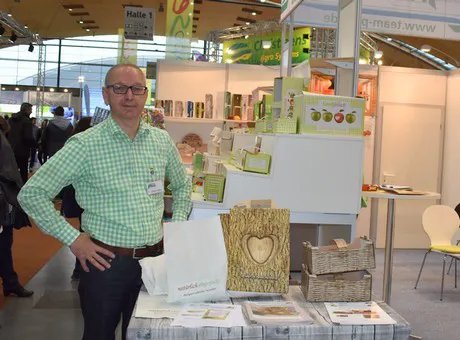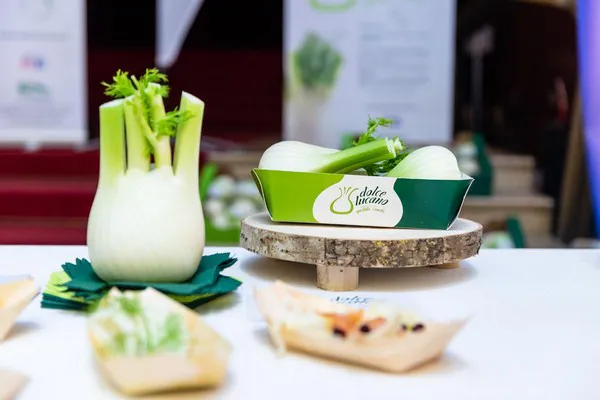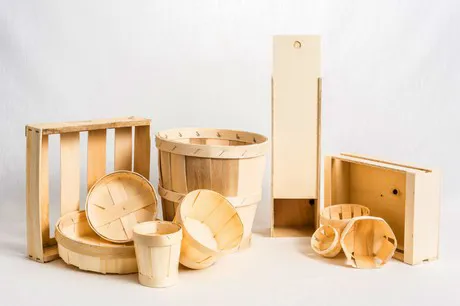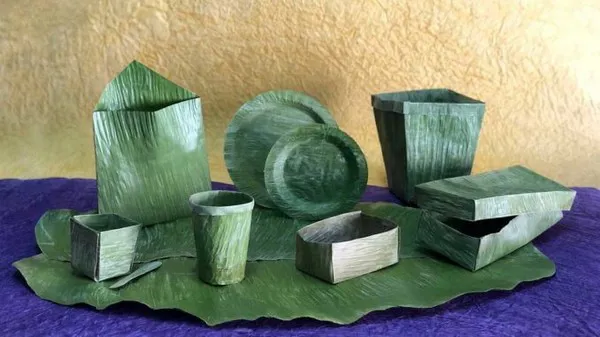In 2019 the battle against plastic in the fresh produce industry intensified and many companies are looking at reducing plastic use in packaging. Most supermarkets are already charging for plastic bags and being pressured to remove plastic from fresh produce, but is it that simple?
Many of the plastics used in the fresh produce industry prolong shelf-life by a several days or more, so reducing plastic increases food waste which is also a no-no these days. Consumers are also increasing using pre-prepared fruit and veg, how do you package that without plastic?
According to a recent report by RMIT University released by Australian Fresh Produce Alliance (AFPA) product protection should be the primary goal of packaging, as food waste generally accounts for a larger proportion of the life-cycle environmental impacts of the food-packaging system.

Is paper the answer?
Companies are focusing on replacing plastic with paper or cardboard this seems to be a hit with consumers as a Spanish research showed study show that 75.2% of Spanish consumers prefer to purchase products in cardboard packaging, compared to only 11% who choose plastic and it can really enhance the presentation of a product. Cardboard packaging can also be fun to entice the little ones to eat fruit and vegetables.

Chilean scientists have come up with a bio-paper that reduces the deterioration of fruits in exports, we have also seen bio-degradable kiwifruit trays
Reducing the amount of plastic used
An Indian company has reduced the amount of plastic used in grape punnets without reducing the strength, and a potato producer has packaging which not only extends shelf-life but is 100% recyclable. We can also use 100% recycled plastic for packaging
Or just go without packaging?
Rubber band bundler is part of a cost-effective solution that significantly contributes to material reduction or a compostable and biodegradable label or even an invisible, edible barcode

Move from wood to plastic or vice versa
Plastic is much more durable and hygienic and durable than wood and one company is seeing more fruit and vegetable growers moving away from wooden crates to clean, lightweight and durable plastic crates. One company is choosing wood over plastic for very attractive packaging

Using waste products to create packaging
There are so many products which can be made using fruit and vegetables which can not be sold. Paper from pineapple leaves is one and bio-degradable plastic from potato starch and single use cups and plates from banana leaves
Most softfruit is grown under plastic and one company has developed a plastic which they say will reduce plastic use in cultivation by 50%
